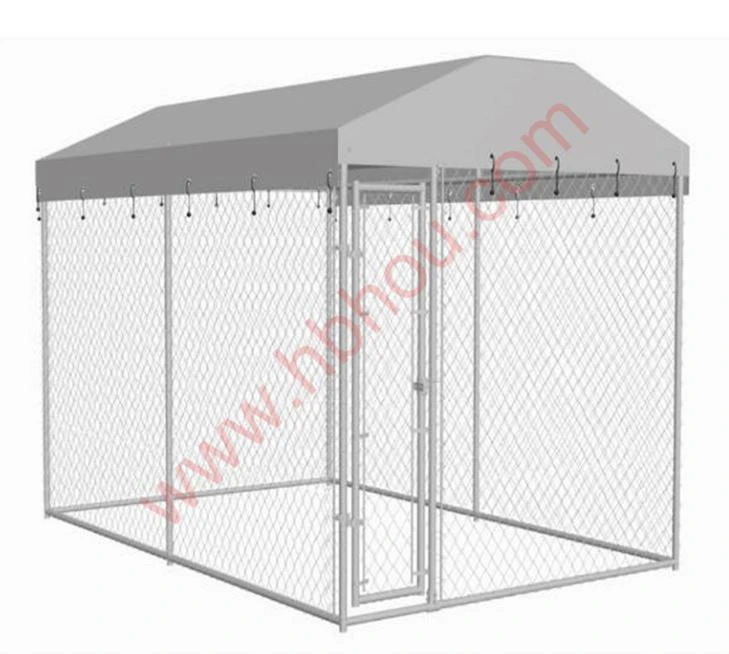Understanding Fence Post Backfill A Comprehensive Guide
When it comes to installing fencing, one crucial yet often overlooked aspect is the process of backfilling around the fence posts. Proper backfill not only provides stability to the fence but also helps prevent soil erosion and extends the life of the posts. In this article, we will explore the importance of fence post backfill, the best materials to use, and the steps involved to ensure a durable and strong foundation for your fence.
What is Fence Post Backfill?
Backfilling refers to the process of filling around the posts after they have been installed in the ground. This task is pivotal as it supports the posts, keeping them upright and secure against the forces of nature, such as wind and rain. Inadequate backfilling can lead to leaning or toppled posts, resulting in costly repairs and a fence that does not serve its purpose.
Why is Proper Backfill Important?
1. Stability A well-backfilled fence post will stand firm against environmental forces. Proper backfilling combats the lateral pressure from soil and wind that can otherwise cause posts to shift or lean.
2. Drainage The right backfill materials facilitate water drainage, preventing soil from becoming too saturated, which can lead to post rot. Good drainage is especially important in areas with heavy rainfall or poor soil composition.
3. Longevity Using the proper backfill materials and techniques can significantly extend the life of your fence posts. This is particularly vital for wooden posts, which are prone to decay if left immersed in water.
Choosing the Right Backfill Material
When it comes to backfilling fence posts, not all materials are created equal. Here are some commonly used backfill options
- Soil Excavated soil can be used as backfill, but it should be compacted well to avoid settling. The type of soil also matters; sandy soils are better for drainage compared to clayey soils.
- Gravel Gravel is an excellent choice for backfilling as it provides superior drainage while also offering solid support for the posts. A mix of gravel and soil can also be used to strike a balance between stability and drainage.
fence post backfill

- Concrete For ultimate stability, some prefer to set fence posts in concrete. This method is robust and prevents movement but does hinder drainage. If choosing this method, consider pouring concrete only at the base and using gravel for backfill at the upper portions.
- Specialty Backfill Some builders opt for specialty backfill products specifically designed for fencing, which may include engineered materials that enhance drainage and support
.Step-by-Step Backfilling Process
1. Excavate the Hole Dig a hole that is at least one-third the length of the post and about three times the width of the post. This ensures adequate space for backfill.
2. Position the Post Place the post in the center of the hole, ensuring it is straight and plumb. Temporary braces can be used for support.
3. First Layer of Backfill Start by adding about six inches of your chosen backfill material (gravel or soil). Compact it well using a tamper or similar tool.
4. Check the Level Ensure the post remains level as you add backfill. Adjust as necessary.
5. Continue Backfilling Alternate layers of backfill and compaction until the hole is filled to ground level. This will create a solid foundation.
6. Final Touches Once the top of the hole is filled, taper the soil away from the post to promote drainage.
Conclusion
Proper fence post backfill is an essential step in constructing a durable and long-lasting fence. By understanding the importance of backfill, selecting the right materials, and following a systematic process, homeowners can ensure their fences remain secure and functional for years to come. Whether you’re building a simple garden fence or an elaborate boundary fence, never underestimate the impact of effective backfilling.
















